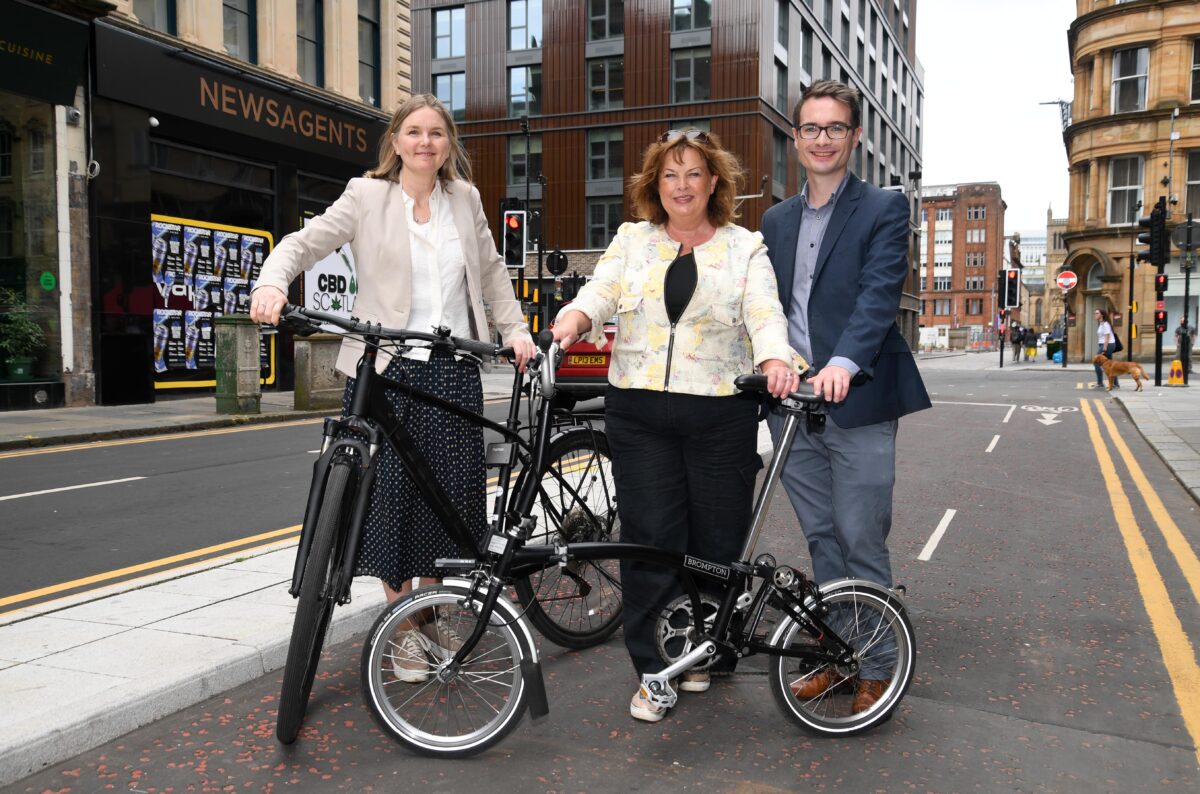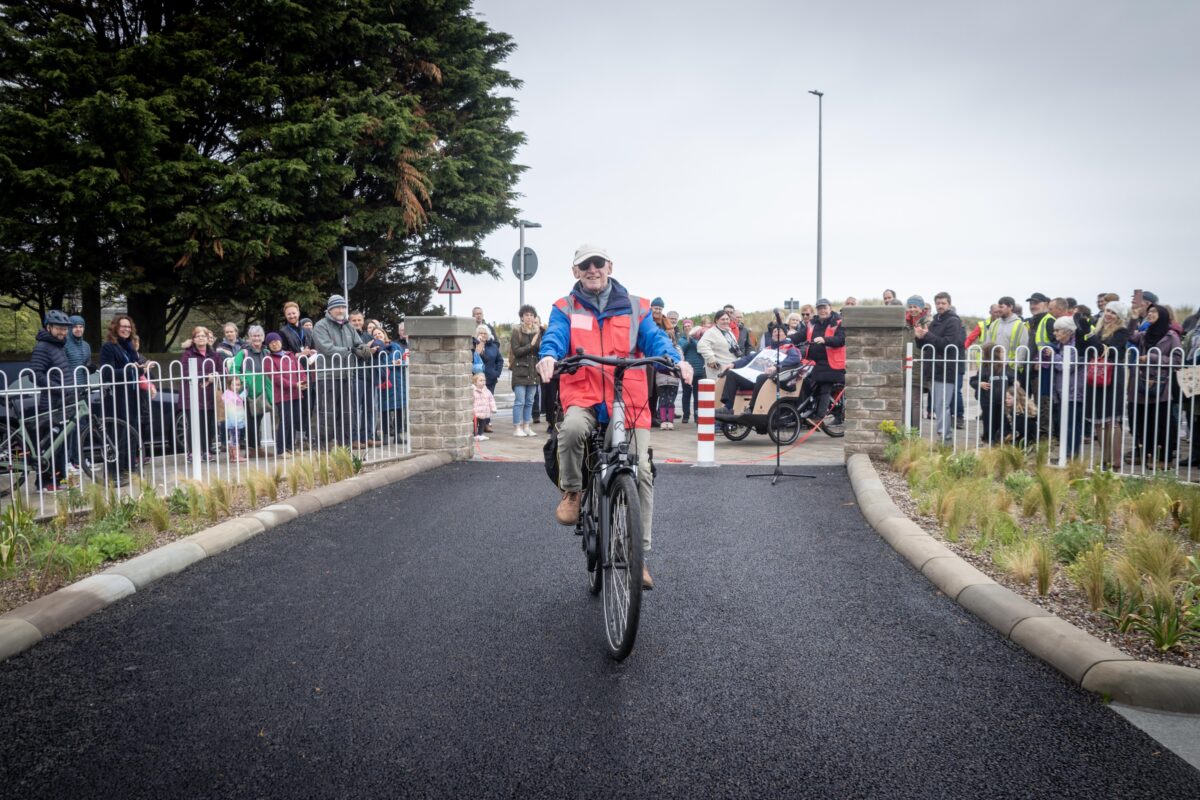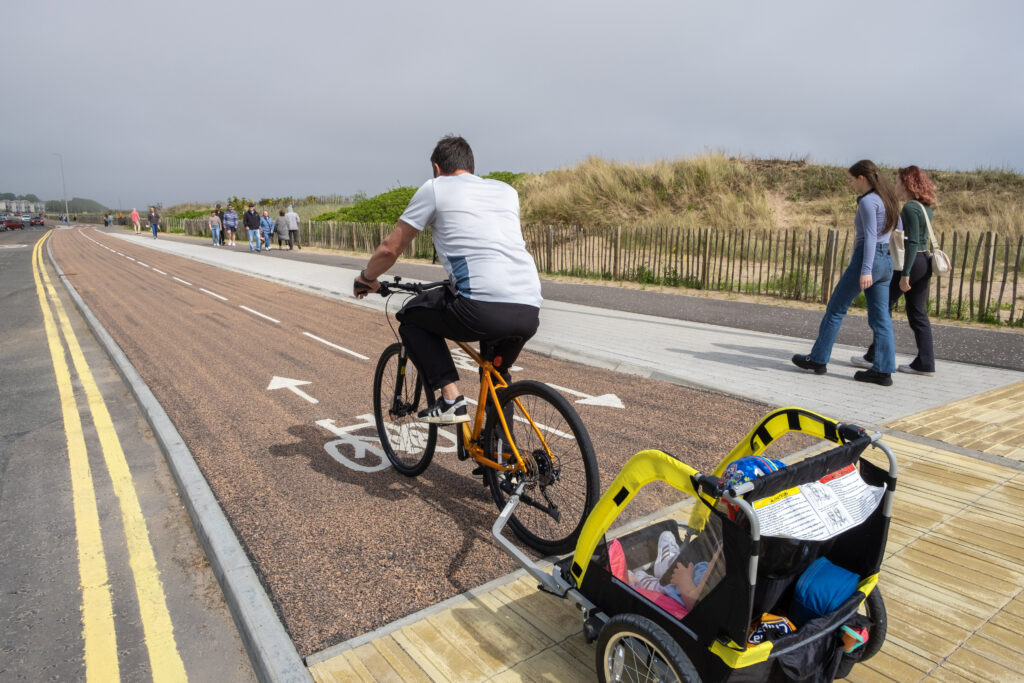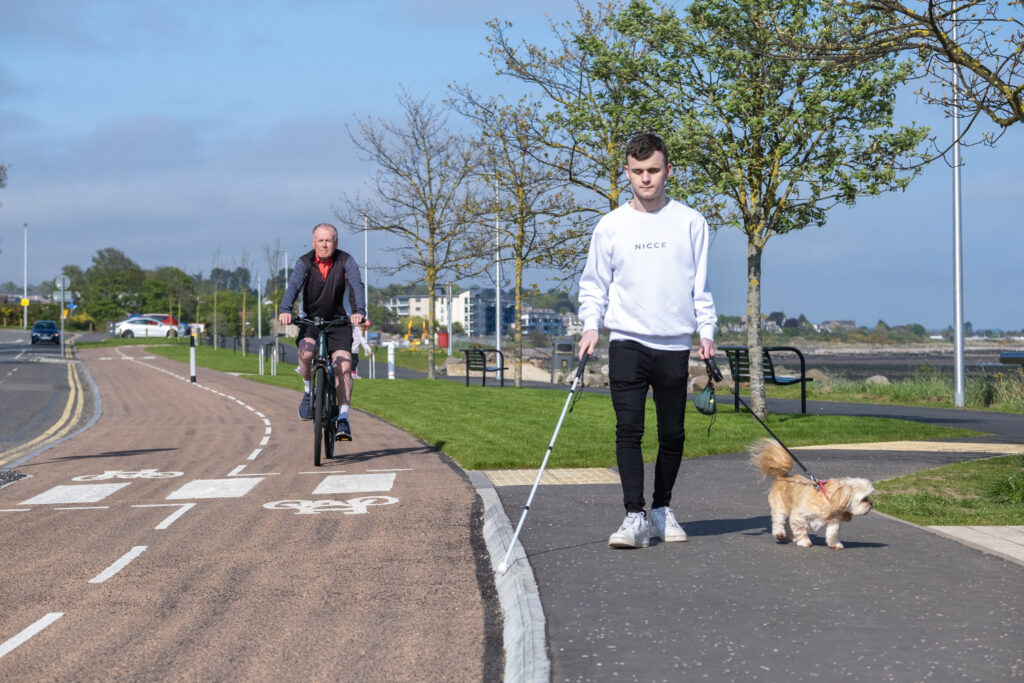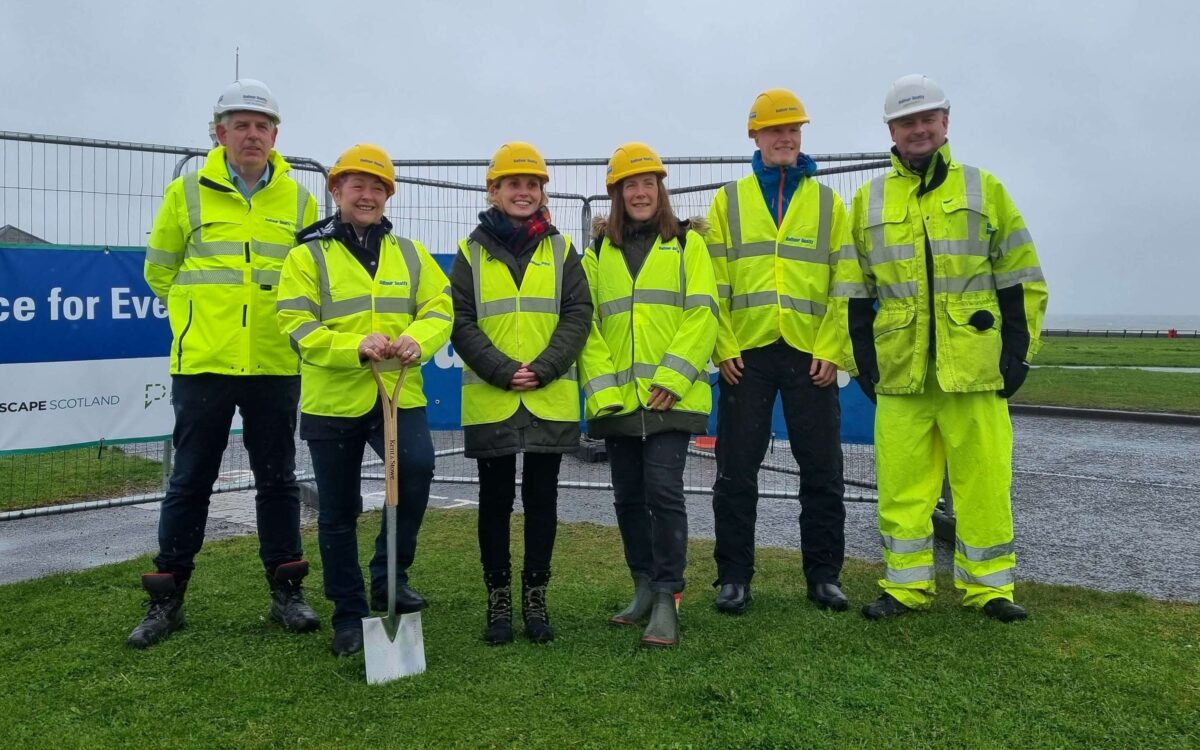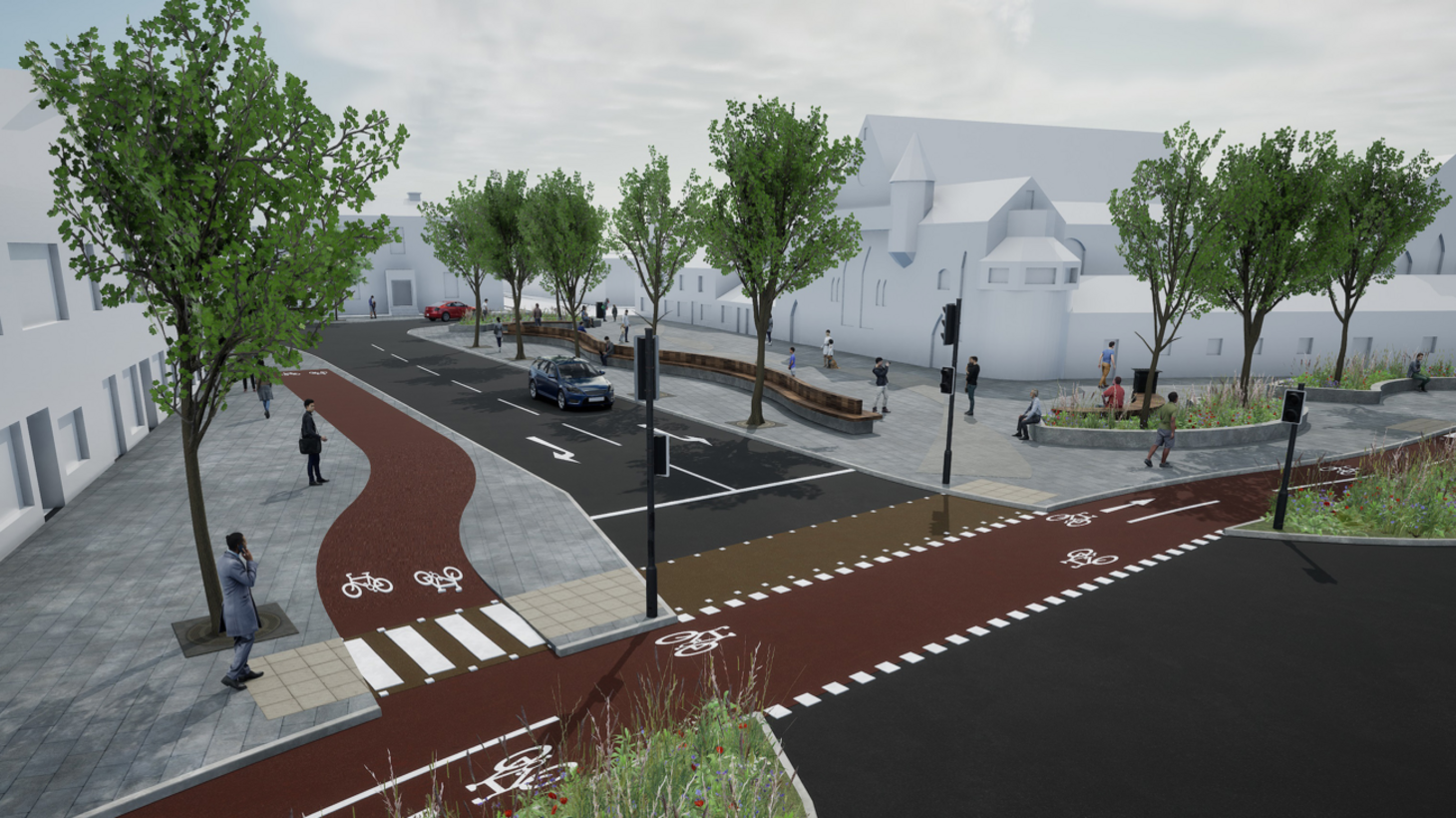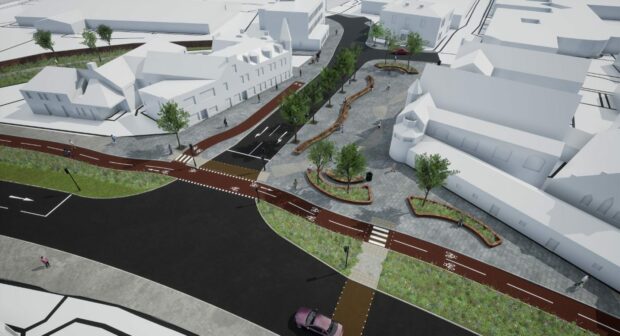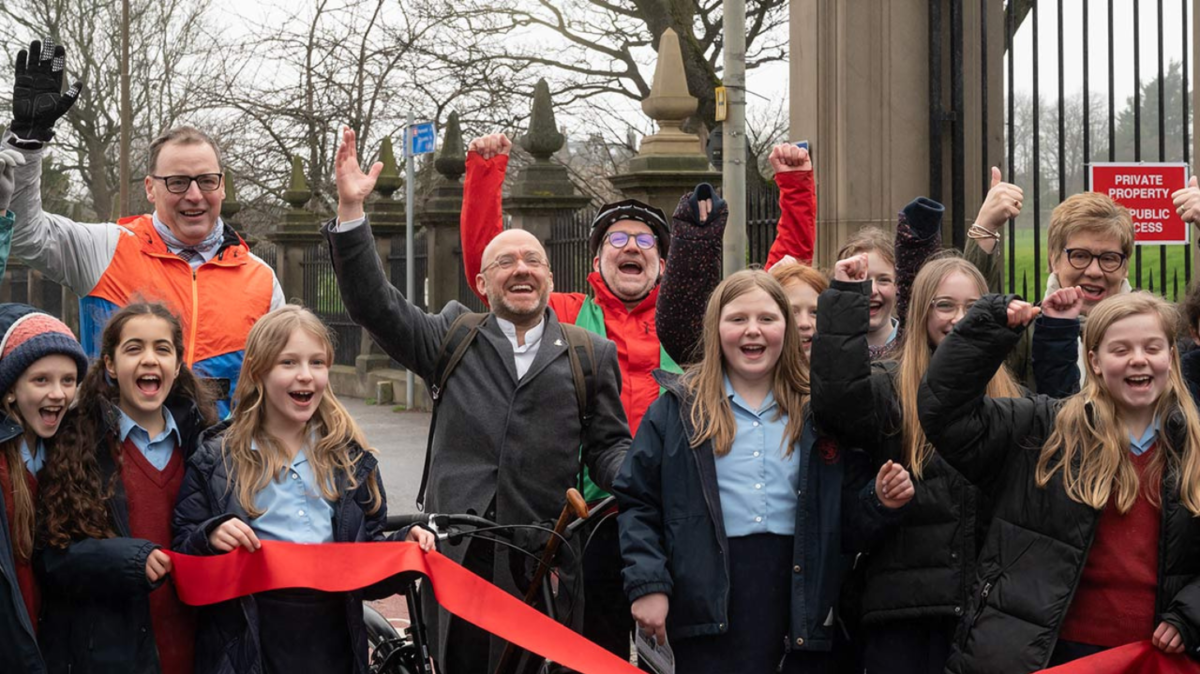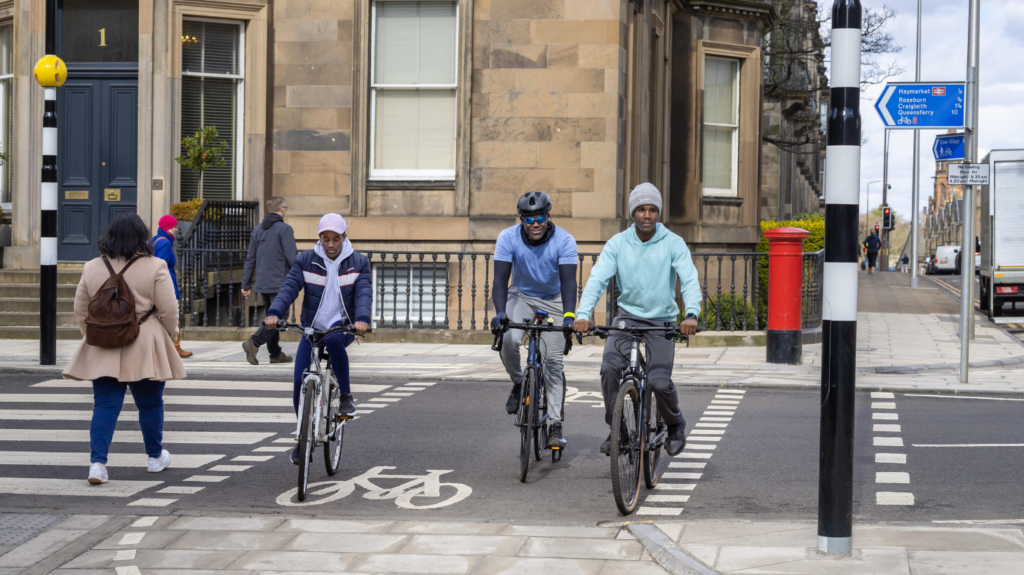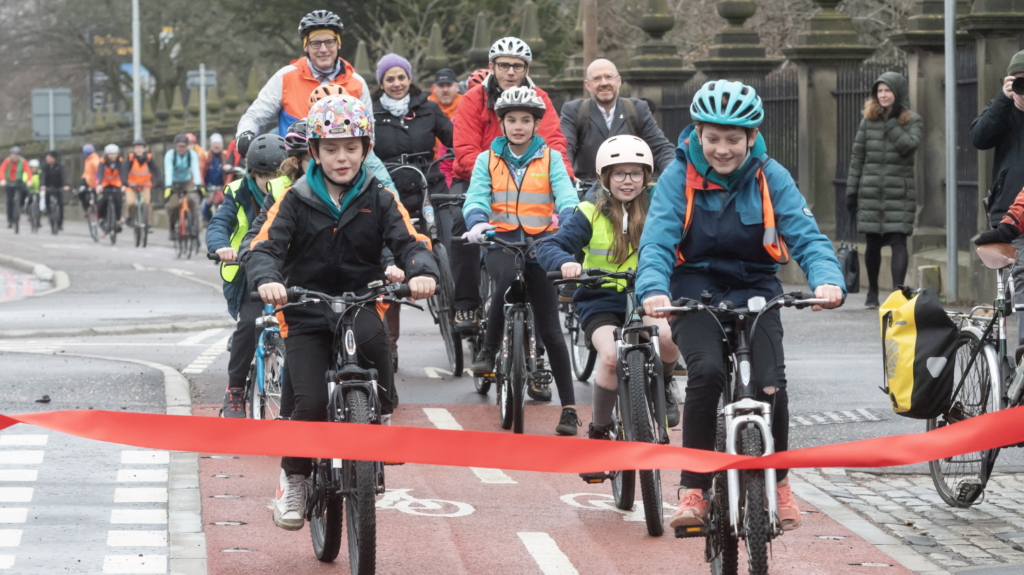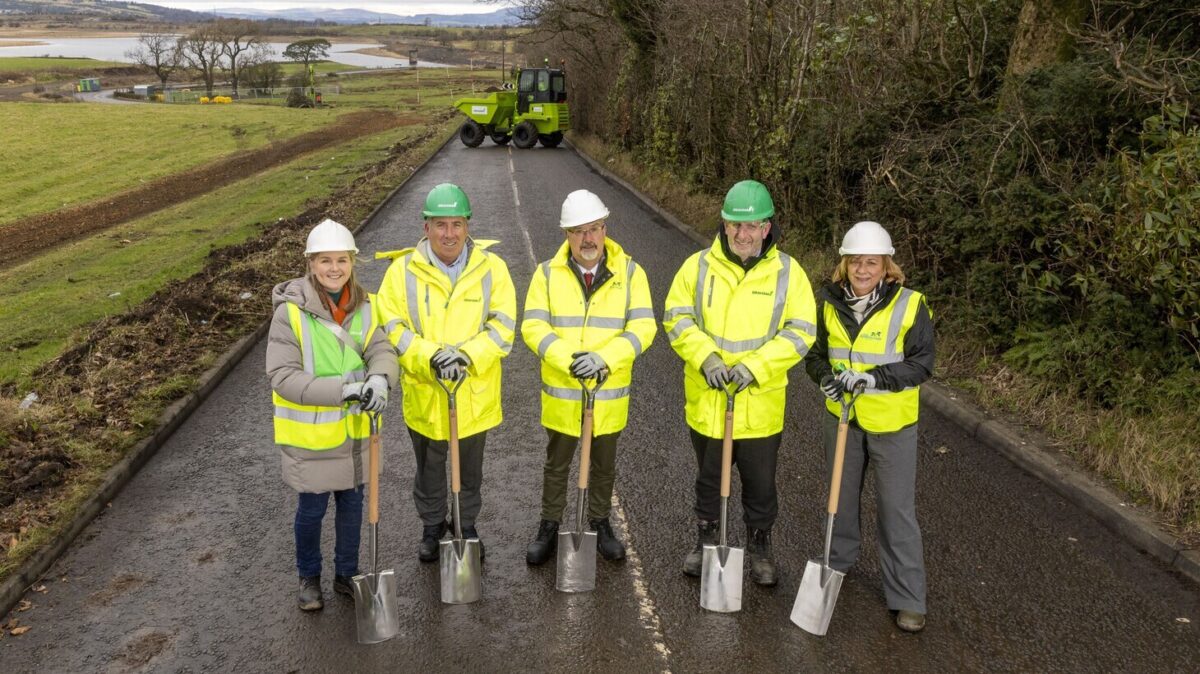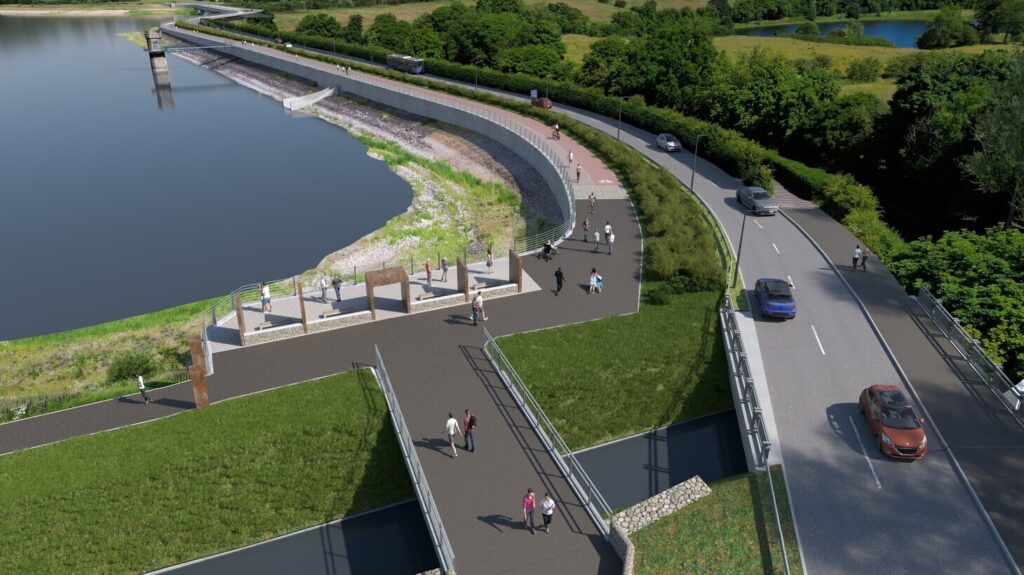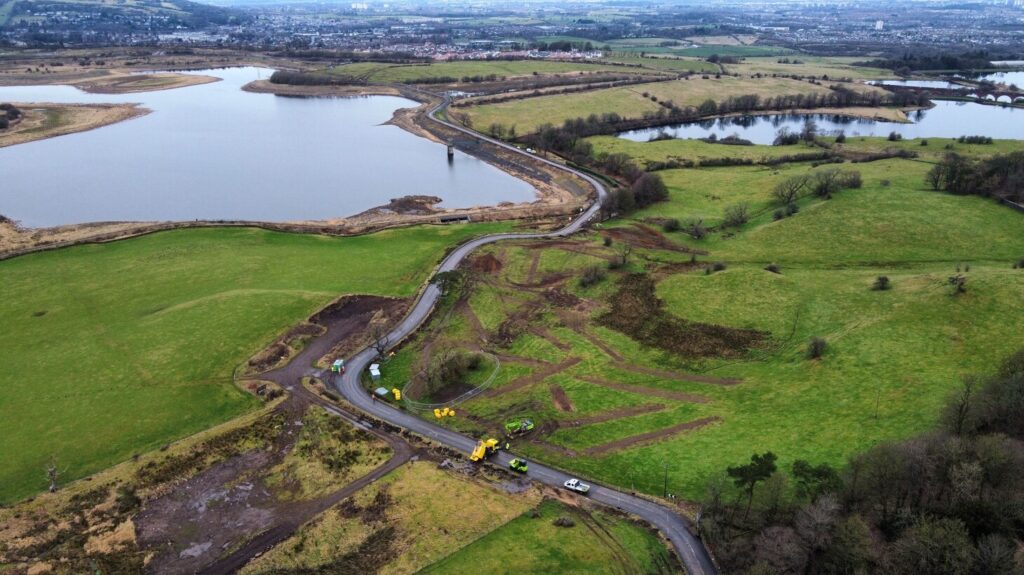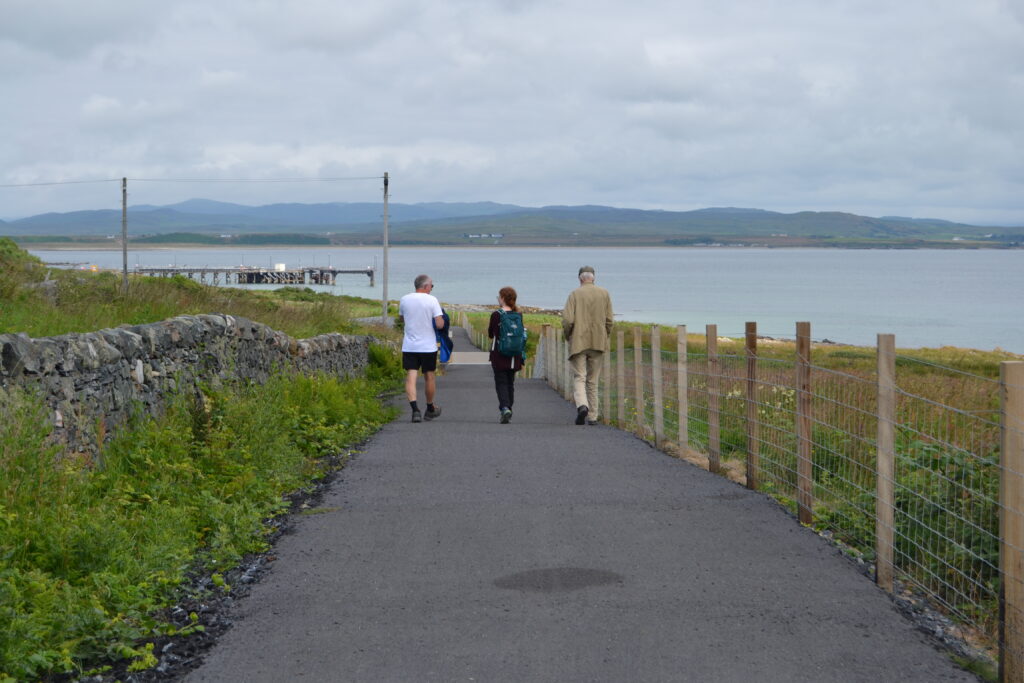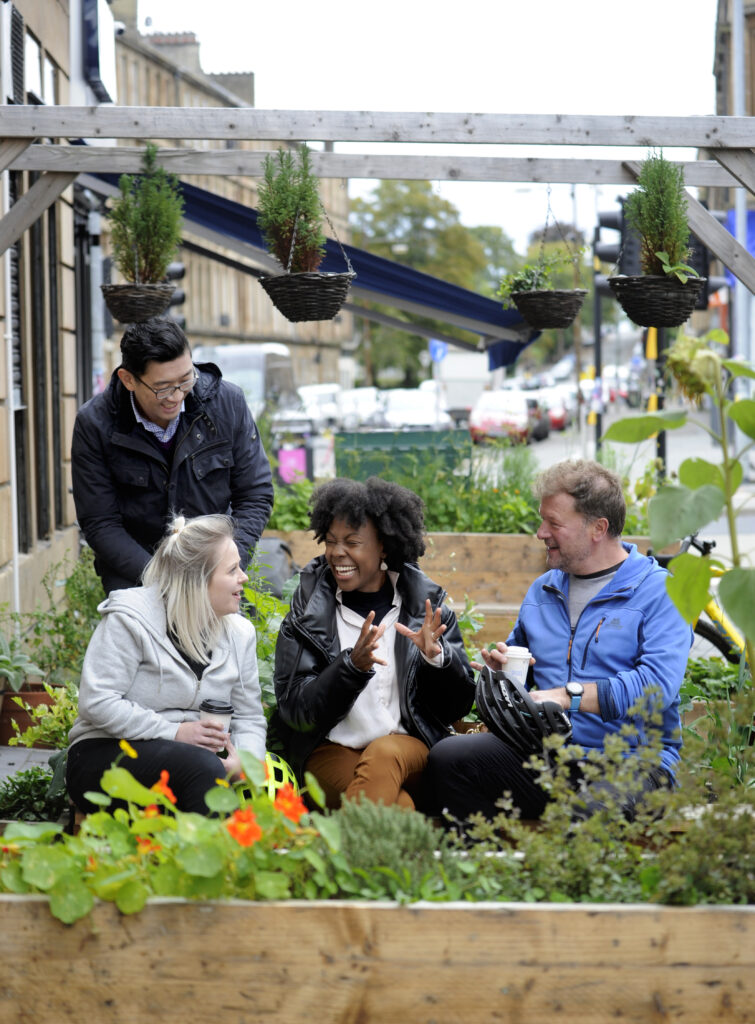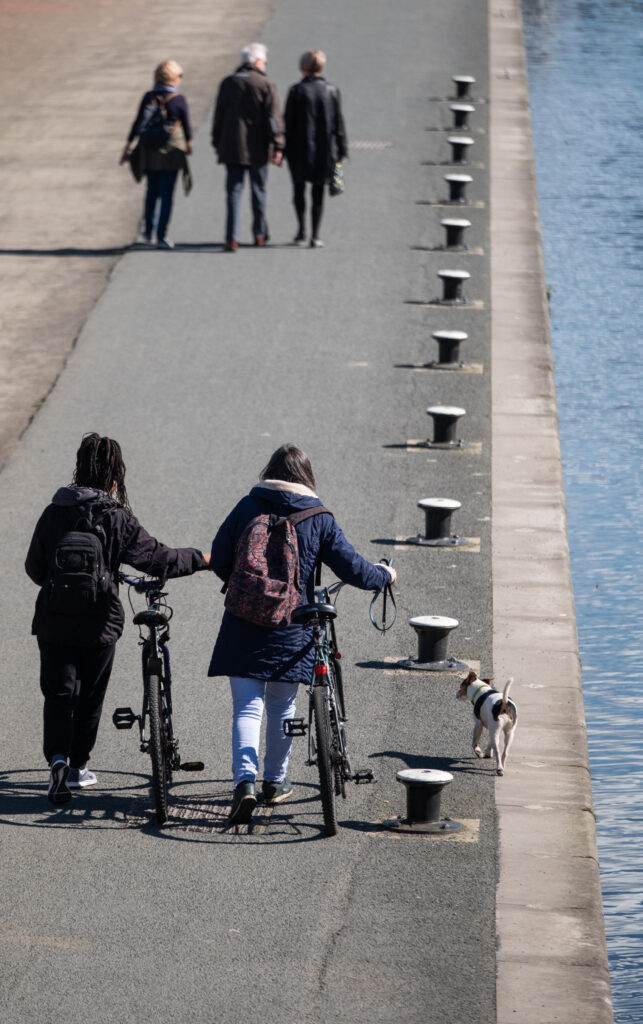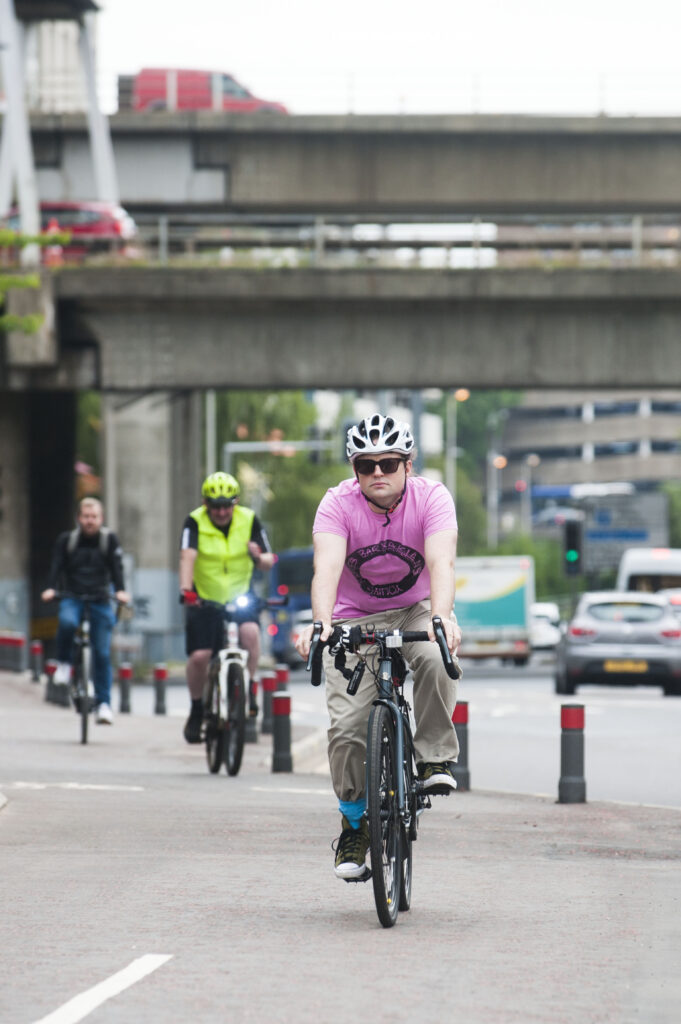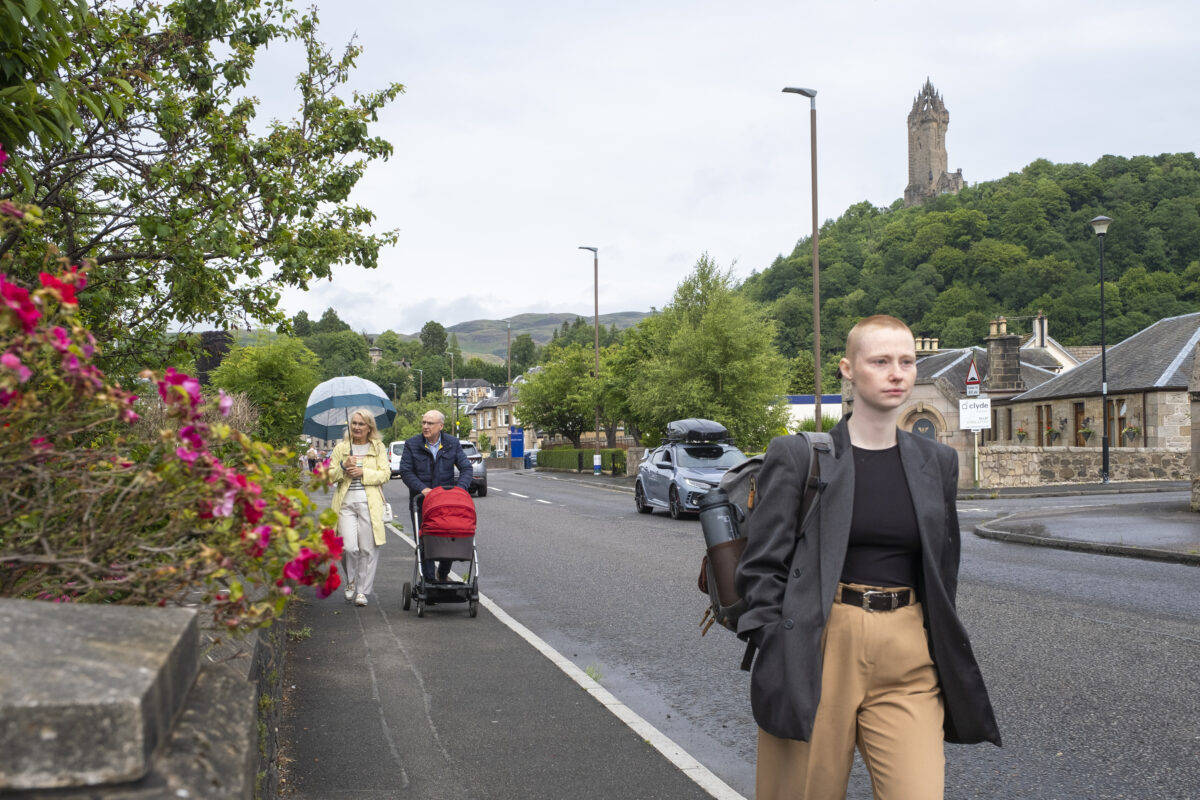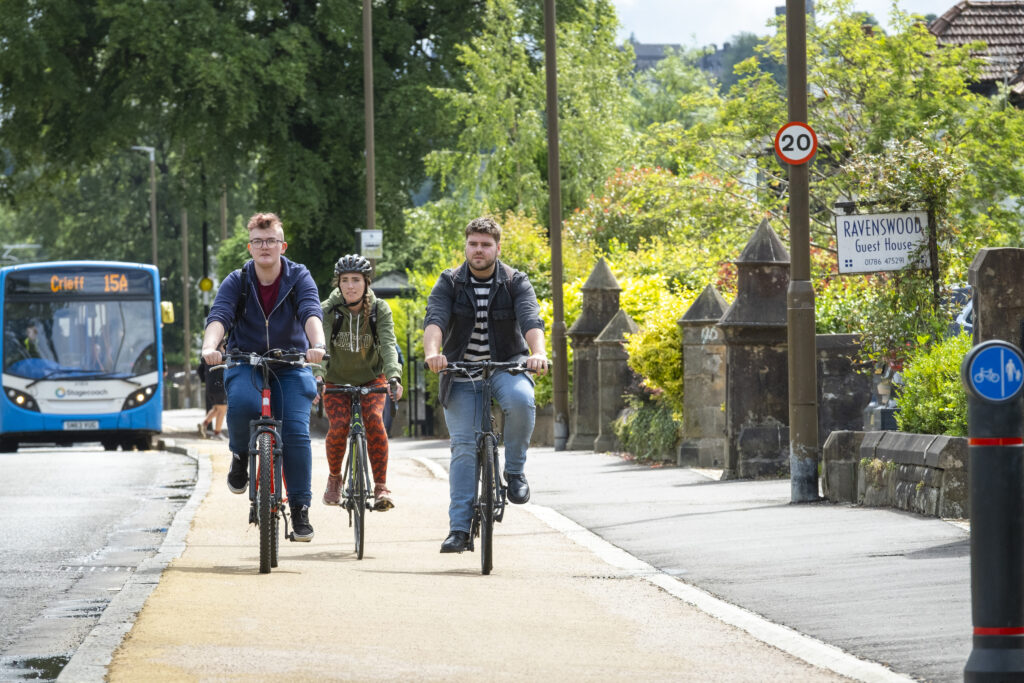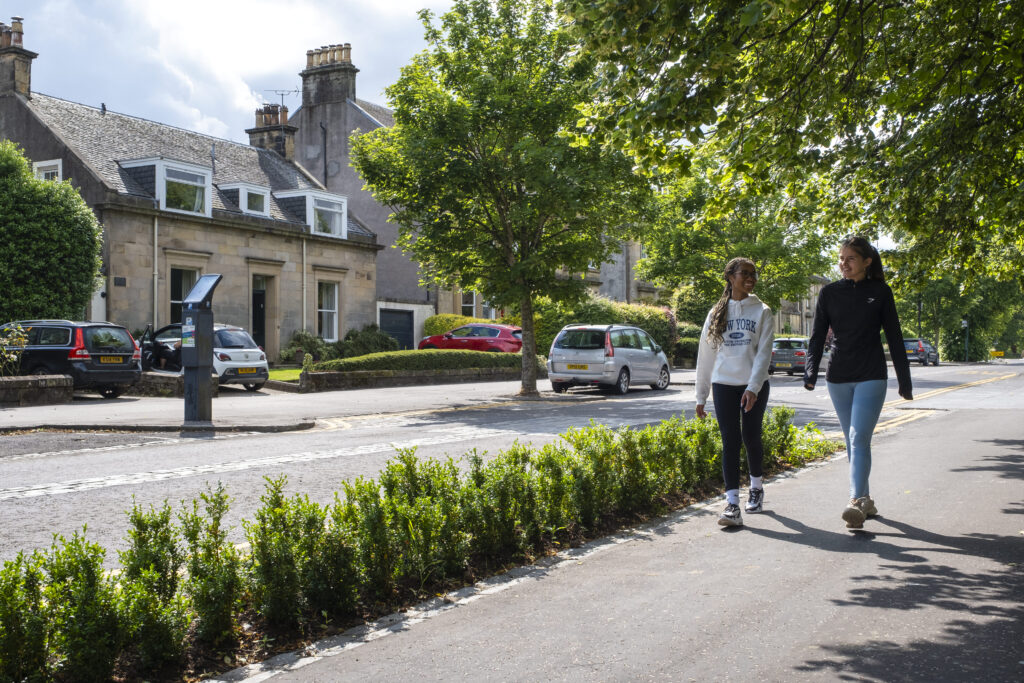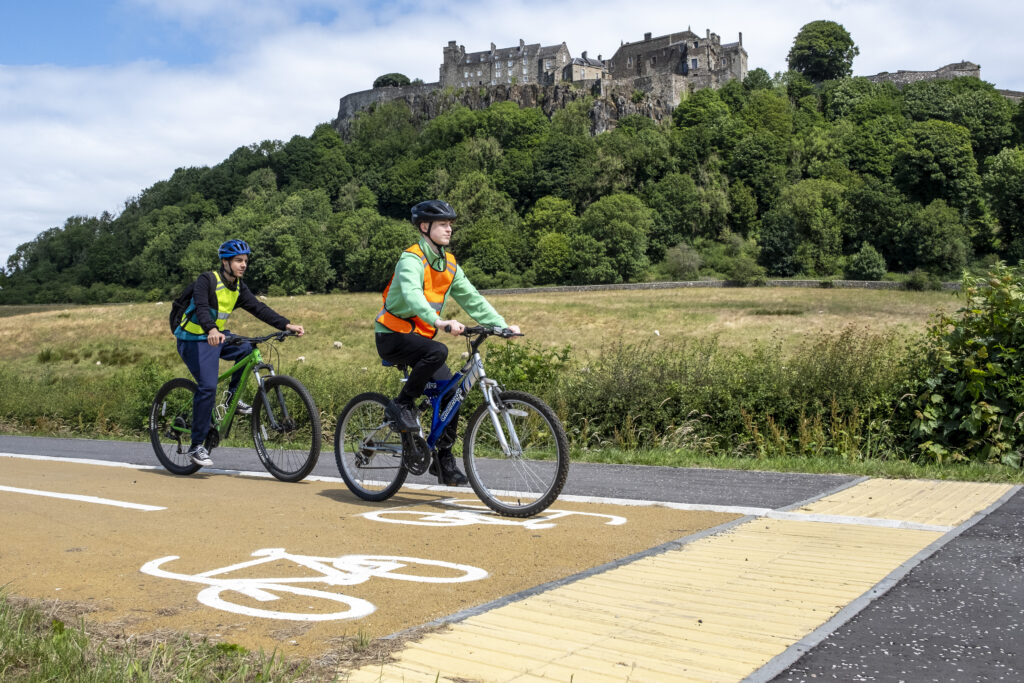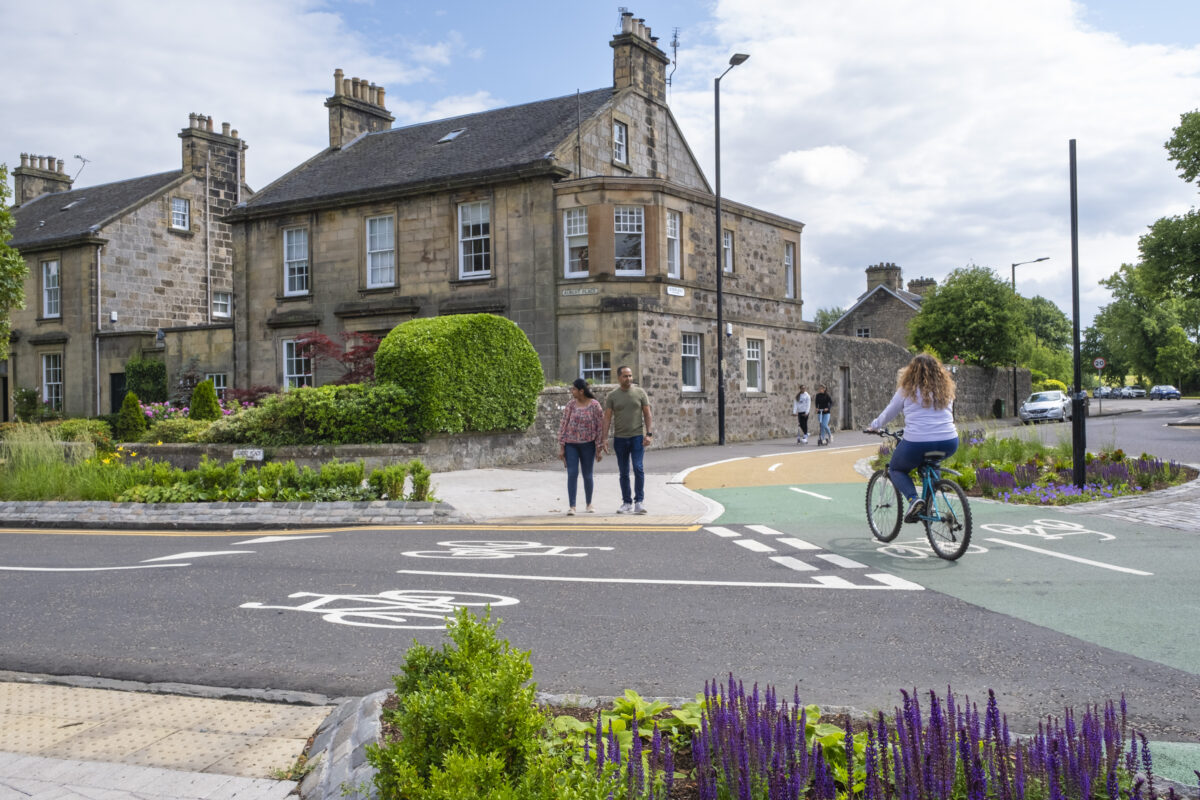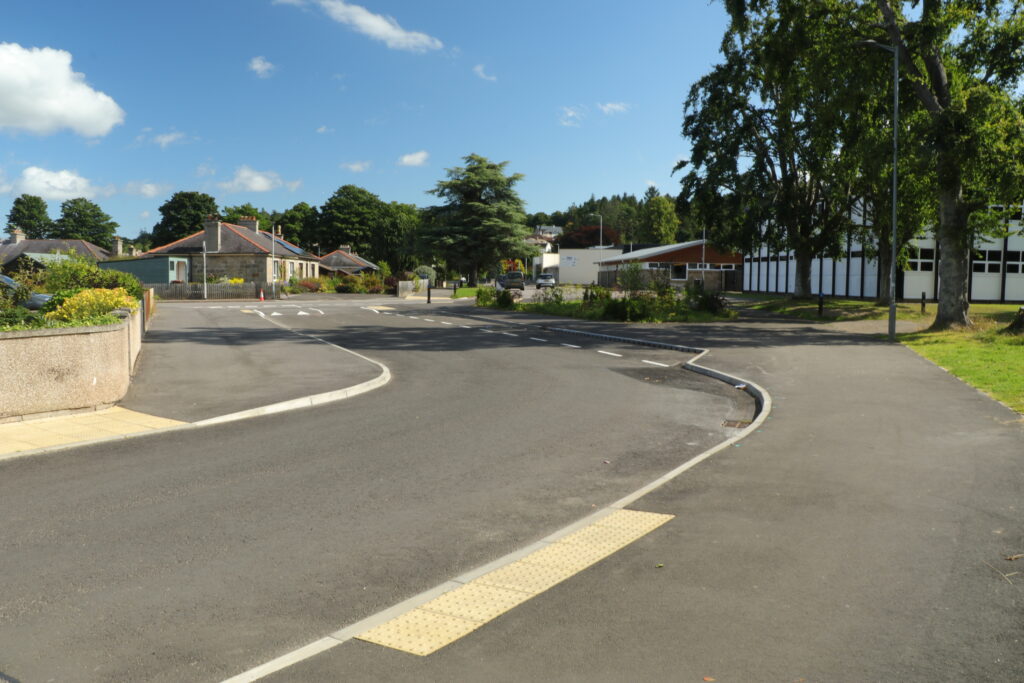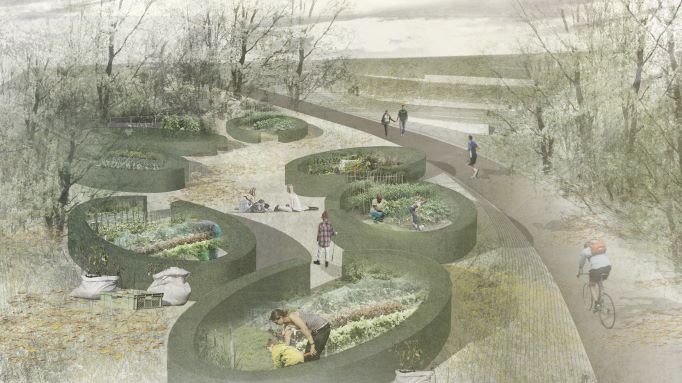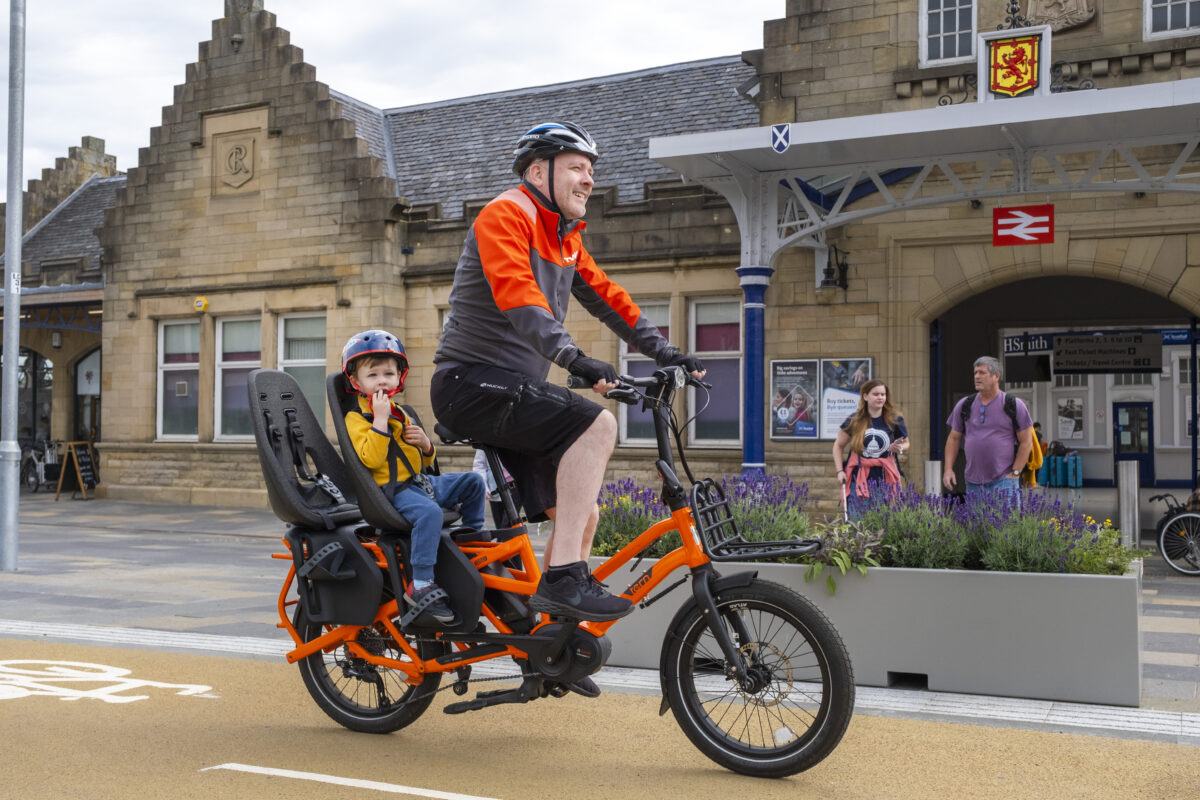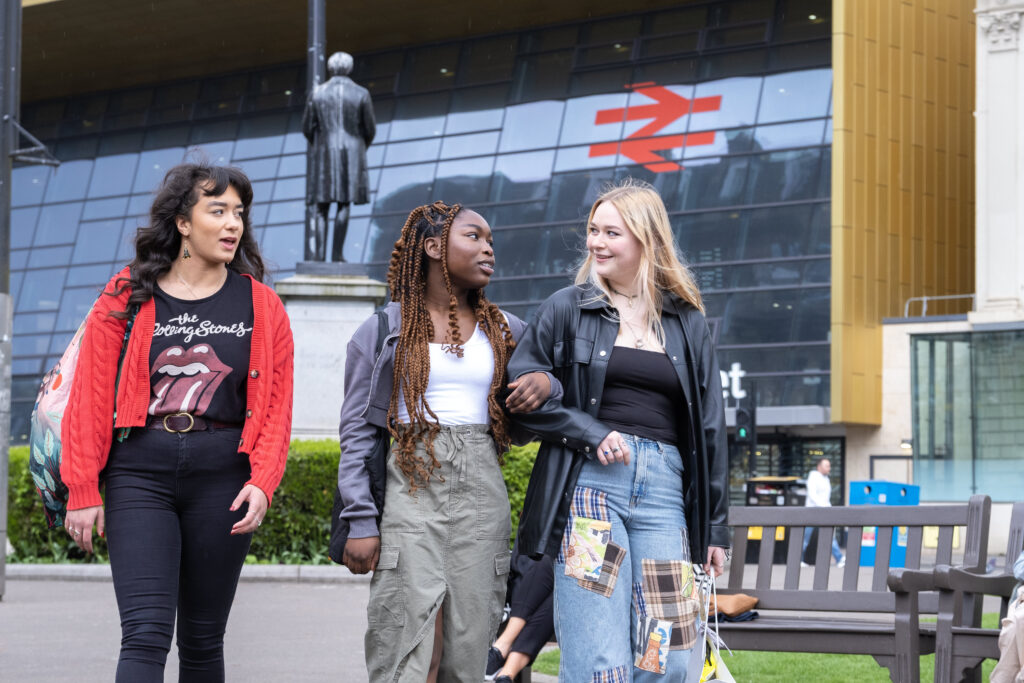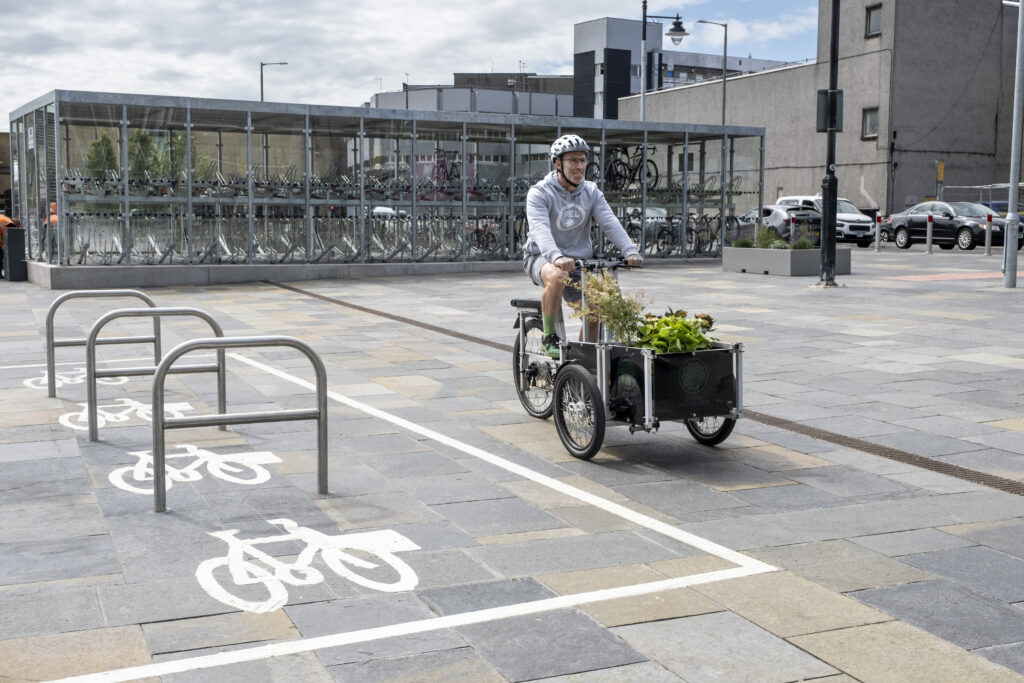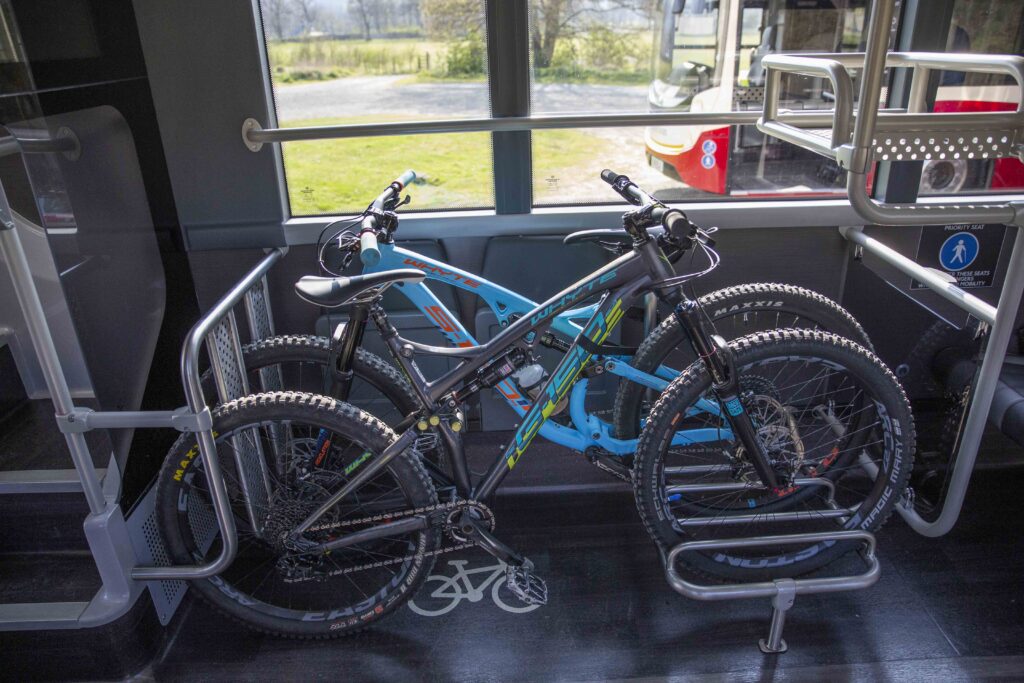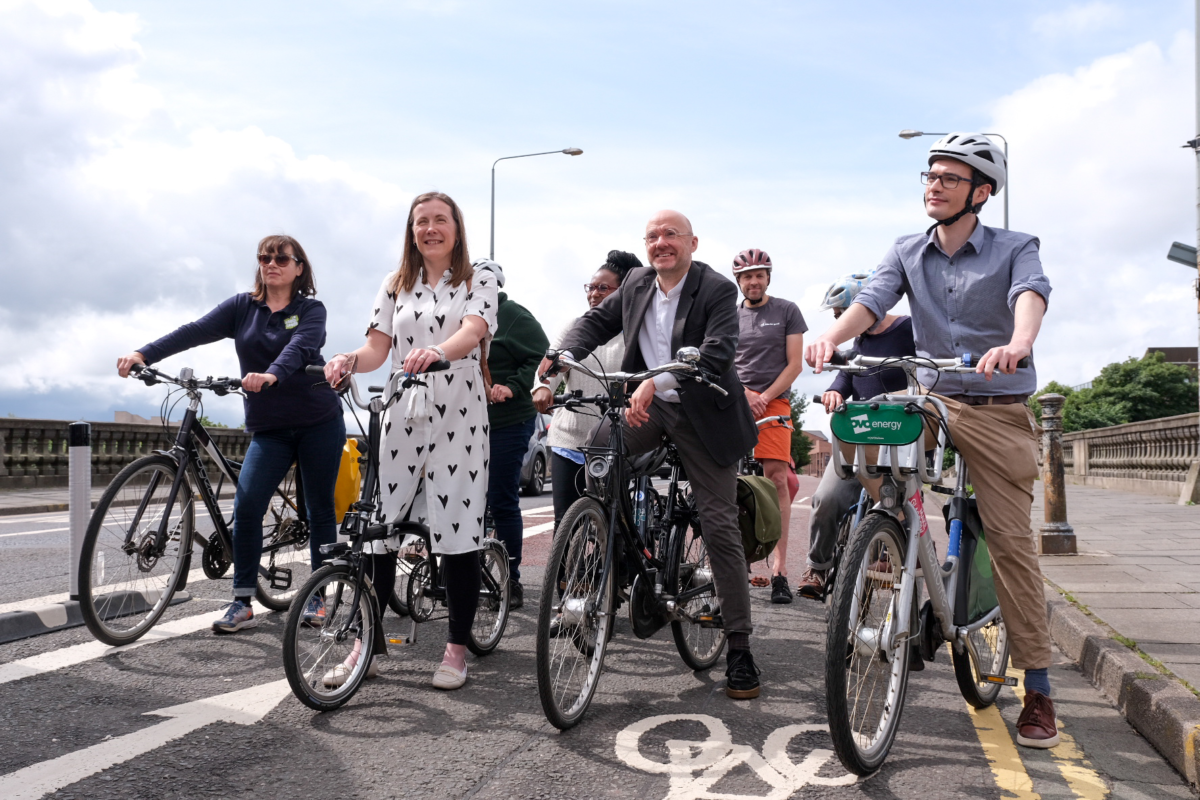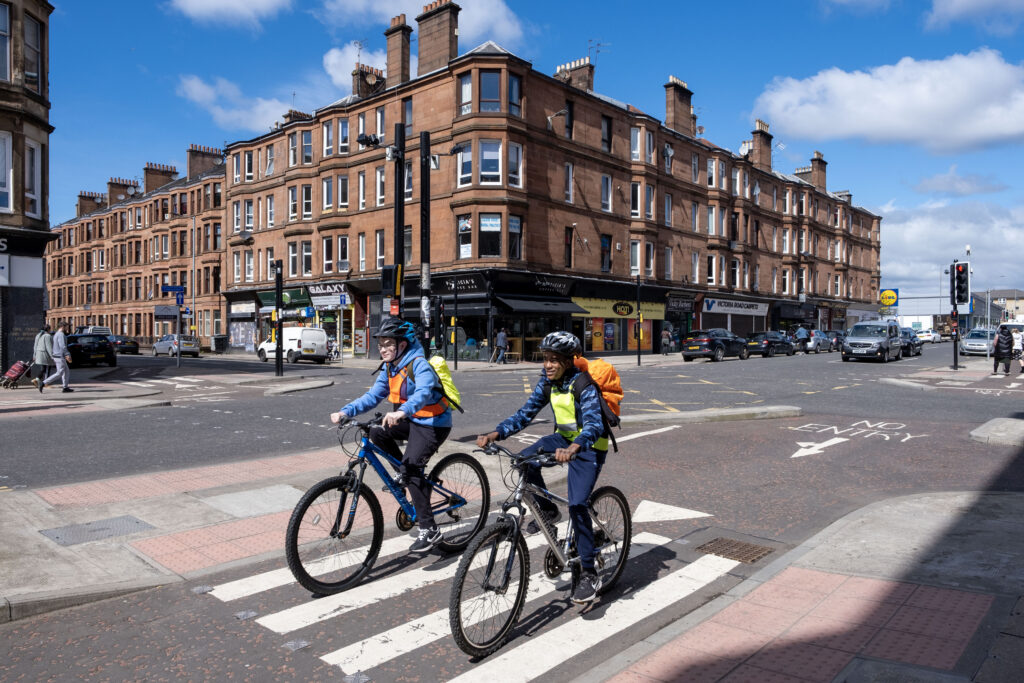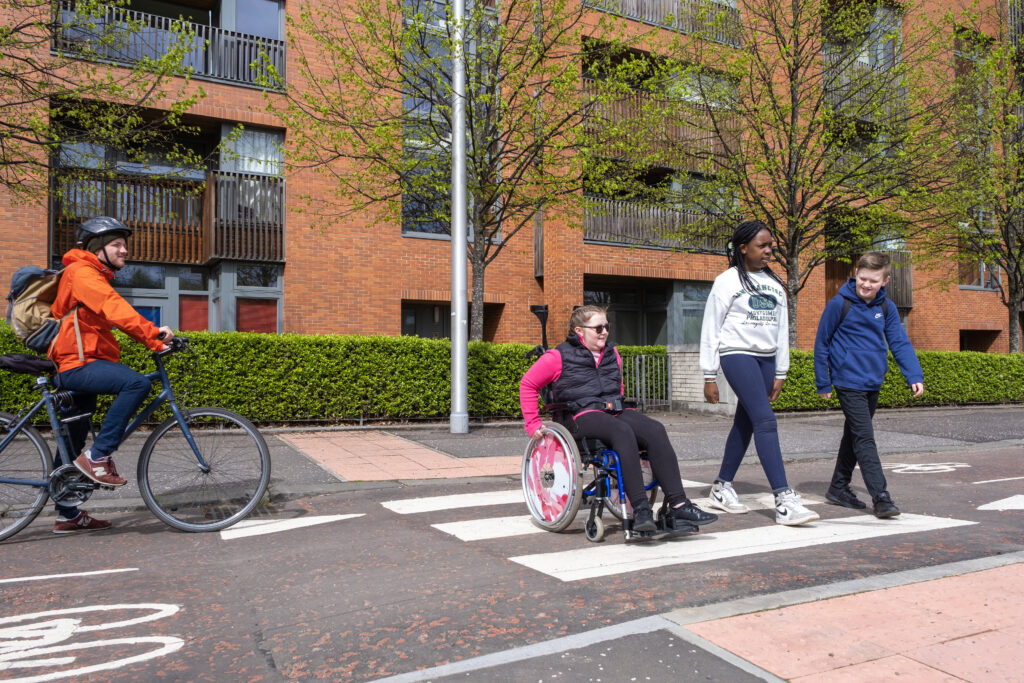The final leg of the South City Way officially opened this week, ensuring more people than ever are able to safely walk, wheel and cycle to and from Glasgow city centre and along the Clyde via National Cycle Network Route 7.
The newly constructed route stretches from Queen’s Park to Trongate via a fully segregated 3km link, featuring significant improvements to junctions, pavements and street greenery.
The last section completed in June of this year allows people to safely navigate the city centre from Victoria Bridge to Trongate, a journey time of just 14 minutes by bike from the Southside to the city centre.
Opening up opportunities

The South City Way is already proving hugely popular, with just over 3.9 million journeys recorded along the route in the last three years, accounting for 13% of all trips undertaken along sections with new infrastructure.
Passing through Govanhill and the Gorbals, the route provides convenient access to a variety destinations on the way to the city centre, including schools, hospitals and places of worship.
Local businesses along the South City Way have also benefitted from the public space improvements.
Data collected by Sustrans’ Research and Monitoring Unit (RMU) in January of this year shows a 12% increase in retail favourability since the project was completed.
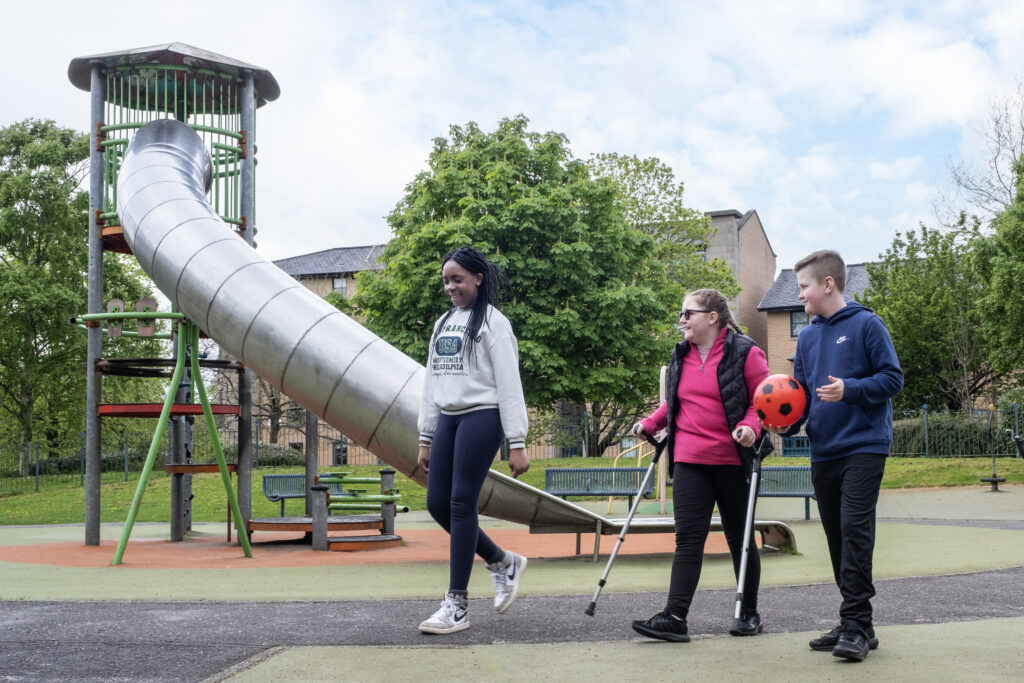
Safety and accessibility has also been a key consideration for users along the route.
The provision of fully segregated cycleways, protected junctions, and new crossing points ensures that people of all abilities are kept safe from traffic, particularly benefitting vulnerable and less confident road users.
Health benefits are also evident in the improvements to air quality along the route.
Out latest research shows there has been a 53% decrease in carbon dioxide levels since the scheme was introduced, as well as a 75% drop in nitrogen oxides.
The most recent data collected by Sustrans on the South City Way can be accessed here.
Celebrating the city centre

On Wednesday 17th July, community groups and those involved in the delivery of the South City Way project gathered at King’s Court to celebrate the route opening and for a tour of the newly completed section.
Karen McGregor, Scotland Director for Sustrans, spoke about the community benefits of the new route and the increasing appetite for safe active travel options. She said:
“The South City Way is changing people’s lives in Glasgow every day. By providing a direct and accessible route to and from the city centre, the South City Way is connecting people with schools, hospitals, and other employment opportunities.”
“With almost 50% of people Glasgow wanting to walk, wheel and cycle more, we need to deliver more segregated routes like the South City Way to link up key destinations for active travel whilst also keeping people safe and protected from traffic.”
“The South City Way is changing people’s lives in Glasgow every day.”
Fiona Hyslop MSP, Cabinet Secretary for Transport, was present for a tour of the learn more about the project designs and how the South City fits into wider plans for the city. She said:
“This investment of over £3.6 million by the Scottish Government is helping us to build a more active nation, where more people choose to walk, wheel and cycle for shorter everyday journeys and can take climate action. In doing so, we’re empowering people and with healthier and happier travel options – and building thriving communities, where businesses can flourish and everyone can enjoy improved public spaces.
“Through our continued investment in active travel, I look forward to seeing more infrastructure which is similar in the scale and success of the South City Way, in towns and cities right across Scotland.”
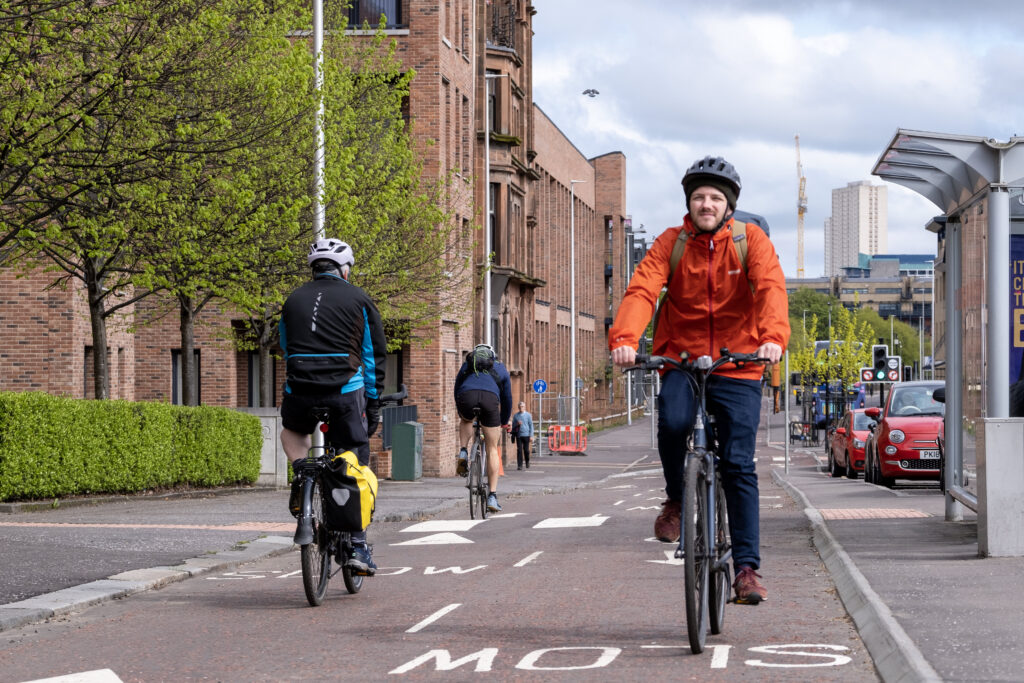
Councillor Angus Millar, City Convener for Transport in Glasgow, who was also in attendance, said:
“Many people want to get about by bike and other modes of active travel but are often put off by safety concerns. It is essential we respond to the desire to travel more often by walking, wheeling and cycling by create a safer environment for this kind of transport.
“Active travel is a cleaner, cheaper and healthier form of travel that can also help to create a more efficient transport network overall. More people making better use of limited road space helps the city’s network run more efficiently and that will make it easier for everyone to get about Glasgow.”
Almost £3.8 million in funding for the South City Way was awarded through Places for Everyone, an active travel infrastructure fund backed by Transport Scotland and administered by Sustrans. The remaining funding was supplied through Glasgow City Council.
